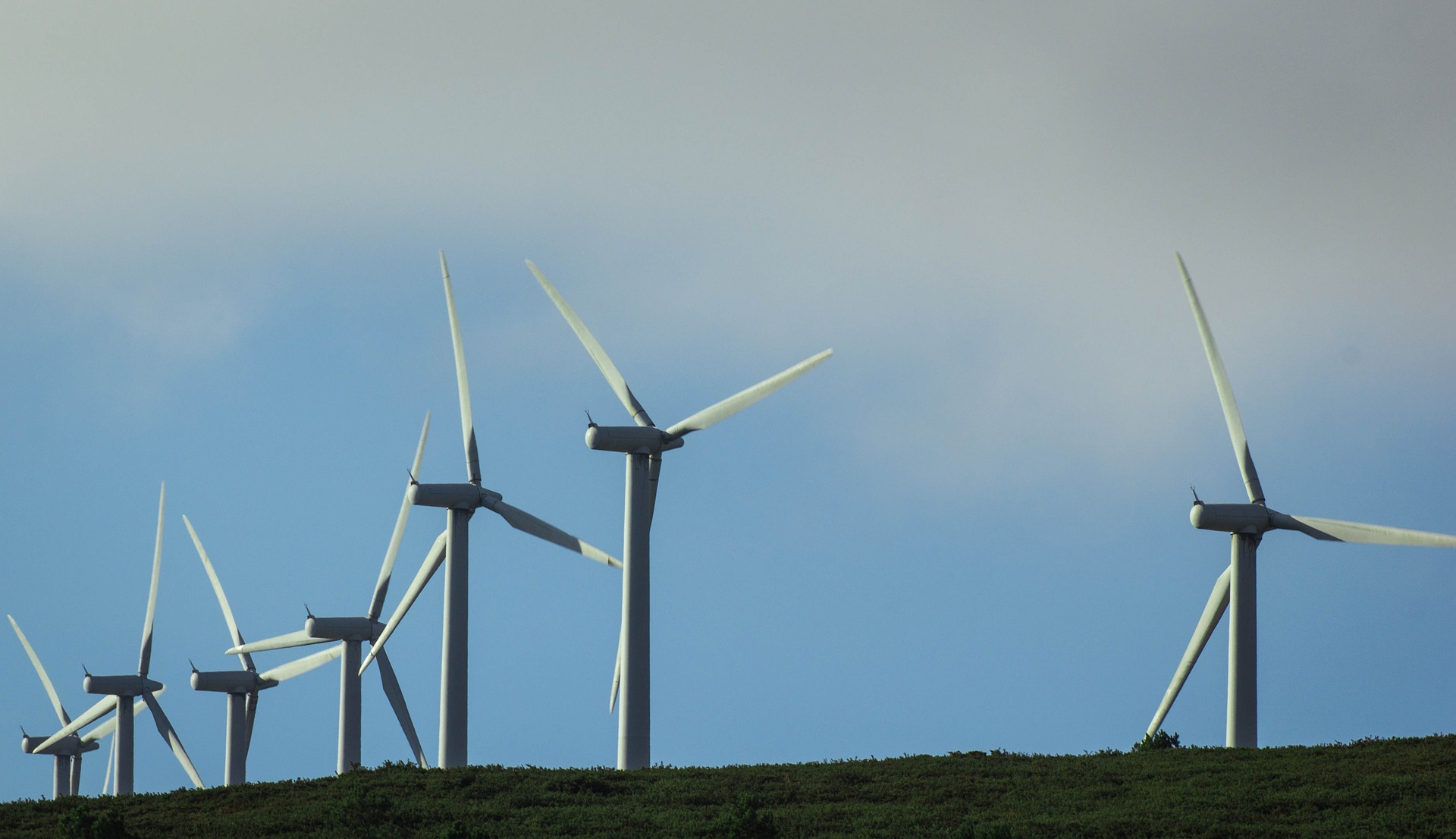At the recent NZ Institute of Physics conference in Dunedin we heard about a wide range of different physics topics -measuring electrical forces; atomic frequency combs; why a highly gendered physics class is not a good thing and measuring forces with your phone.
One very simple but thought-provoking presentation was by Tim Molteno – on sycamore seeds and their properties as little wind turbines. As far as I understood it, Tim's work here was a follow-up to what his son Linus had done as a science fair project.
If, like me, you grew up amongst deciduous woodland, you'd have enjoyed playing with sycamore seed helicopters. They can fall very slowly indeed, giving the seed chance to drift in the wind away from its parent tree and get some chance of seeing some daylight when it germinates. It's pretty easy to measure the properties of a seed (it's weight, how fast it falls, and so on) at home and therefore do some basic wind-turbine calculations to see well the seed performs at slowing down the passing air (relative to the seed) and creating a lift force on the seed. Tim and Linus have done this – and very well too – with a really careful consideration of uncertainties. This last bit is important because the results show that the seeds are right on a fundamental limit (the "Betz limit") for their efficiency – that is, they are as efficient as a turbine could be.
But they should not be – conventional wind turbine theory says that this limit can only be reached with a high tip speed ratio (the ratio of the tip speed of the blade and the wind speed). But the sycamore seed doesn't have a particularly high ratio and so its efficiency should be rather lower. So one could say that these seeds are breaking the laws of physics.
Well, no, not quite. What is more likely is that our understanding of turbine theory is lacking. Fluid flow can be very complicated indeed (ask an America's cup yacht designer) and some of the assumptions made in constructing the theory may not quite be correct. Interestingly, the sycamore seed sits in the transition zone where the fluid flow isn't fast enough to be considered turbulent, but not really slow enough to be considered laminar and there might be some very complicated physics going on.
So, then, should make our electricity generating wind turbines the size and shape of sycamore seeds? We would need a lot of them!
